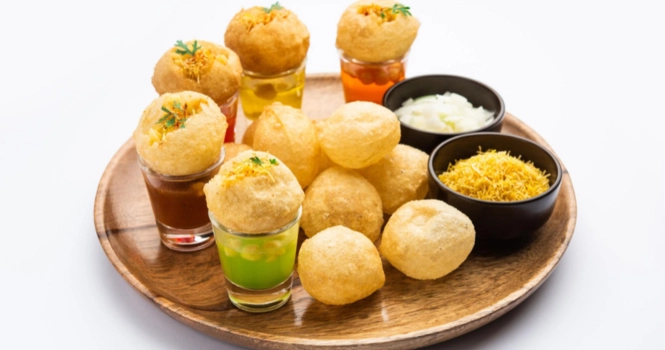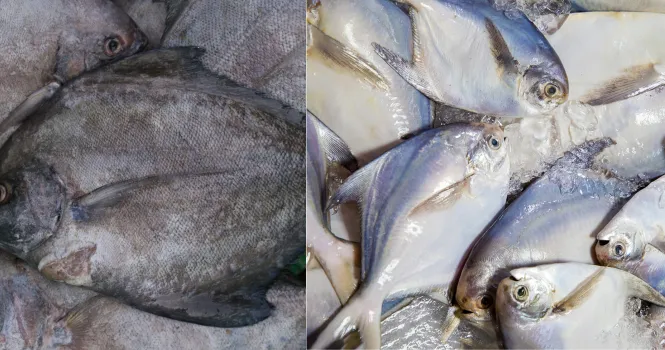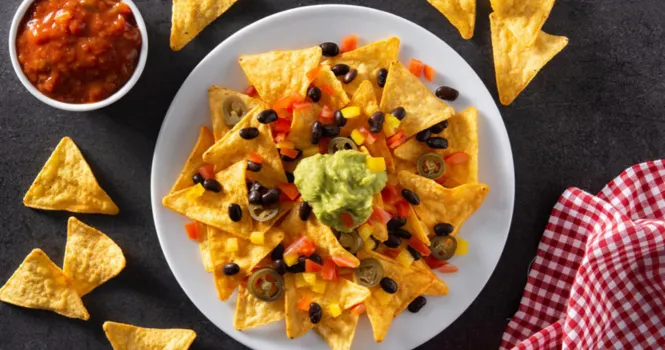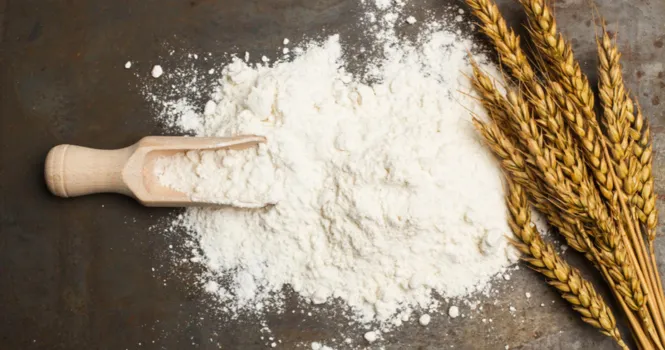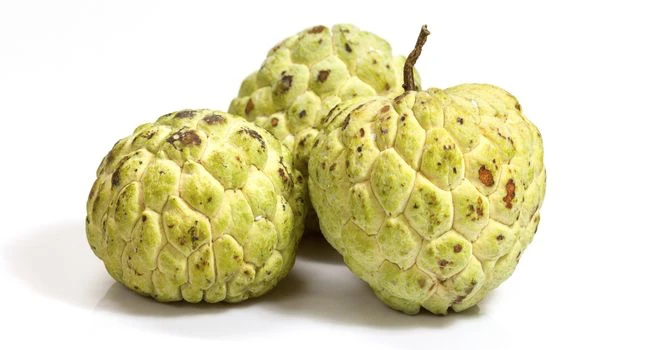Calories in One Gulab Jamun – A Nutritional Overview
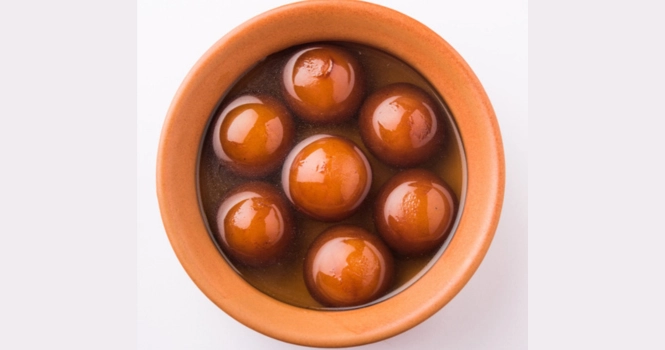
Gulab Jamun is a classic sweet delicacy popular in South Asia, particularly in India, Pakistan, and Bangladesh. Made from milk solids, traditionally from khoya (reduced milk), these milk-solid balls are deep-fried until golden brown and then soaked in a sweet, aromatic syrup typically flavored with cardamom, rose water, or saffron.
Gulab Jamun is known for its rich, velvety texture and is a staple at celebrations, festivals, and special occasions. The name “Gulab Jamun” is derived from Persian words: “Gulab” meaning rose (for the rose-flavored syrup) and “Jamun,” a South Asian fruit, due to the dessert’s resemblance in shape and color.
Types of Gulab Jamun
Gulab Jamun, a beloved sweet in South Asian cuisine, comes in various types, each offering a unique twist on the classic recipe. Here are some popular variations:
1. Classic Gulab Jamun: Made from khoya or milk powder, these are the traditional, deep-fried, and syrup-soaked treats.
2. Kala Jamun: Slightly darker than the classic type, Kala Jamun is fried for a bit longer, giving it a distinct caramelized exterior while keeping the inside soft and juicy.
3. Bread Gulab Jamun: A creative variation where bread crumbs are used instead of khoya or milk powder, offering a different texture.
4. Sweet Potato Gulab Jamun: This version uses sweet potato as a base, ideal for those looking for a healthier alternative.
5. Paneer Gulab Jamun: Incorporating paneer (Indian cottage cheese) for a rich, creamy texture, these are softer and have a distinct taste.
6. Dry Gulab Jamun: These are coated with coconut or powdered sugar instead of being soaked in syrup, offering a less messy, eat-on-the-go option.
7. Stuffed Gulab Jamun: These can be filled with dry fruits, nuts, or even chocolate, adding a surprise element to the classic sweet.
Each type of Gulab Jamun has its unique charm and taste, making this dessert versatile and continually popular across different regions and taste preferences.
Calories in Gulab Jamun
| Type of Gulab Jamun | Size (Approx. Weight per Piece) | Approximate Calories per Piece |
| Classic Gulab Jamun | 25-30g | 140-160 |
| Kala Jamun | 25-30g | 150-170 |
| Bread Gulab Jamun | 25-30g | 130-150 |
| Sweet Potato Gulab Jamun | 25-30g | 120-140 |
| Paneer Gulab Jamun | 25-30g | 150-170 |
| Dry Gulab Jamun | 25-30g | 100-120 |
| Stuffed Gulab Jamun | 30-35g (due to stuffing) | 160-180 |
Note: These calorie counts are approximate and can vary based on factors like the ingredients used, the size of each piece, and the amount of syrup absorbed
Ingredients in the making of Gulab Jamun
Gulab Jamun is commonly made with the following key ingredients:
1. Khoya or Milk Powder: The base ingredient for the dough. Khoya is a form of thickened milk, and milk powder can be used as a substitute.
2. All-Purpose Flour (Maida): Used as a binding agent to give structure to the dough.
3. Baking Powder or Soda: Acts as a leavening agent to help the dough balls puff up when fried.
4. Ghee or Clarified Butter: Used in the dough mixture for richness; also used for deep frying.
5. Sugar: For making the syrup.
6. Water: To prepare the sugar syrup.
7. Cardamom Pods or Powder: Added to the syrup for flavor.
8. Rose Water or Saffron: Often used to flavor the syrup, adding a distinct aroma.
9. Lemon Juice: Sometimes added to the syrup to prevent crystallization.
Optional ingredients can include dry fruits or nuts for stuffing, and variations might use ingredients like bread crumbs, sweet potatoes, or paneer for different takes on the traditional recipe. The dough is shaped into balls, deep-fried until golden brown, and then soaked in the flavored sugar syrup.
Frequently Asked Question
Whether or not to include treats like Gulab Jamun in your diet during weight loss depends on several factors such as your overall dietary intake, calorie goals, and nutritional balance. Here are some points to consider:
1. Calorie Management: Gulab Jamun is calorie-dense, with each piece containing about 140-160 calories on average. Eating two would add about 280-320 calories to your diet. If this fits within your daily calorie budget, it may be acceptable.
2. Portion Control: Moderation is key in any diet. Consuming treats in small quantities can be part of a balanced diet, as long as the majority of your nutritional needs are met through healthy, whole foods.
3. Nutritional Value: Gulab Jamun is high in sugar and fat and low in essential nutrients. Balancing this indulgence with nutrient-dense foods throughout the day is important.
4. Individual Goals and Metabolism: Every person’s body reacts differently to various foods, depending on metabolism, activity level, and weight loss goals. What works for one person may not work for another.
5. Psychological Aspect: Allowing yourself an occasional treat can make a diet more sustainable, preventing feelings of deprivation that might lead to overeating later.
If you decide to indulge, enjoy it mindfully, savoring the taste and experience. It’s also a good idea to compensate for the extra calories by being more active or making healthier food choices for the rest of the day.
However, for personalized advice considering your specific dietary needs and weight loss goals, consulting a dietitian or nutritionist is recommended.



